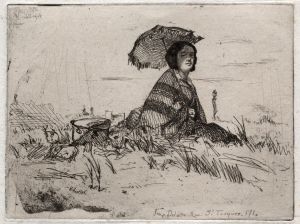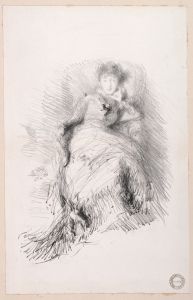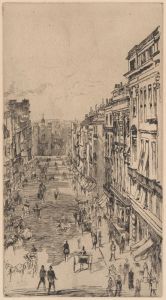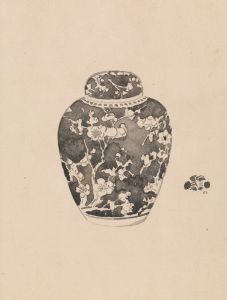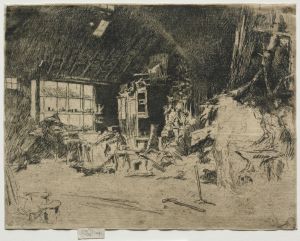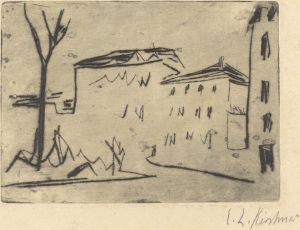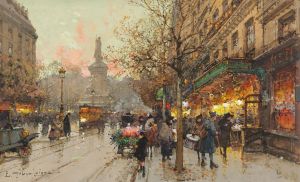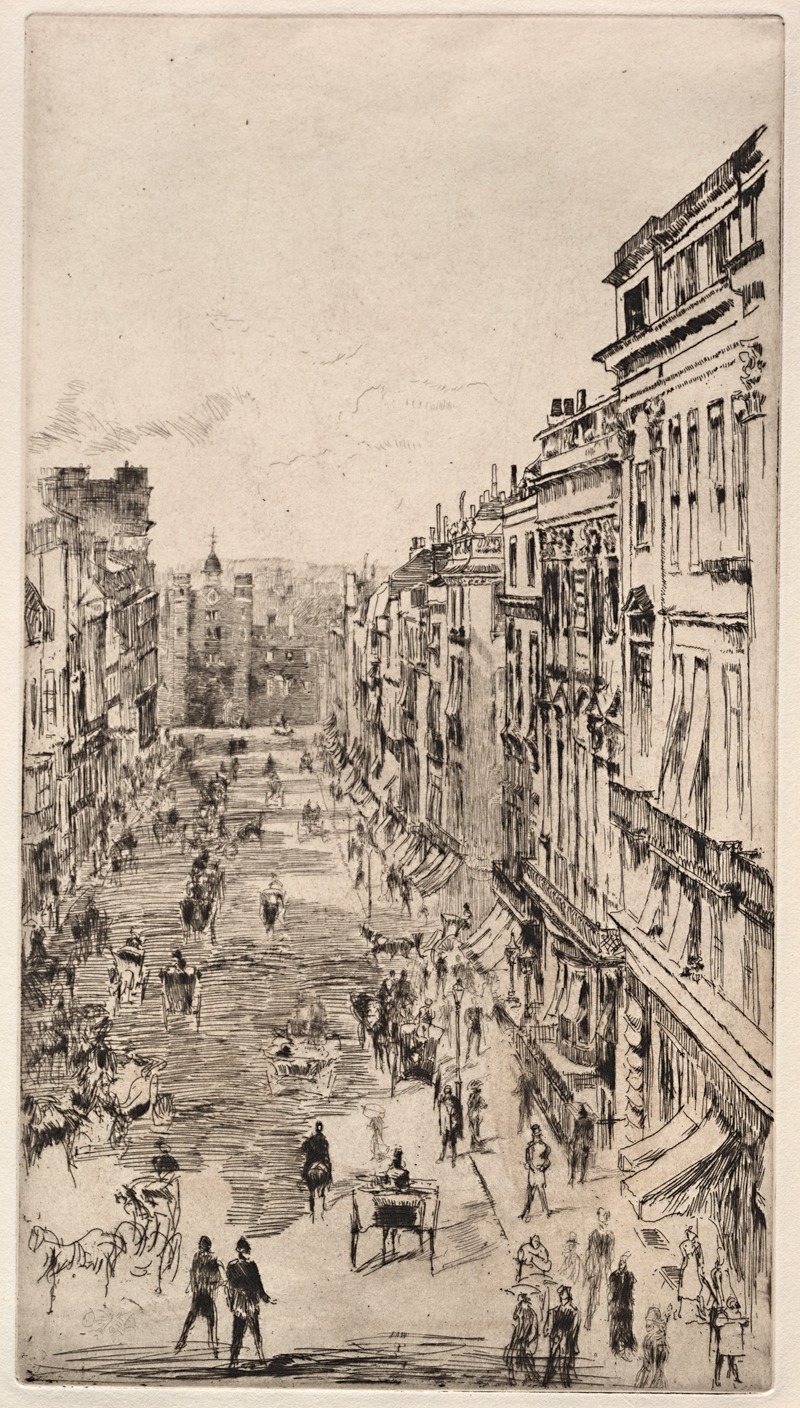
St. James Street
A hand-painted replica of James Abbott McNeill Whistler’s masterpiece St. James Street, meticulously crafted by professional artists to capture the true essence of the original. Each piece is created with museum-quality canvas and rare mineral pigments, carefully painted by experienced artists with delicate brushstrokes and rich, layered colors to perfectly recreate the texture of the original artwork. Unlike machine-printed reproductions, this hand-painted version brings the painting to life, infused with the artist’s emotions and skill in every stroke. Whether for personal collection or home decoration, it instantly elevates the artistic atmosphere of any space.
James Abbott McNeill Whistler was an American artist known for his significant contributions to the art world during the late 19th century. He was a proponent of the Aesthetic Movement, which emphasized art for art's sake, and he is best known for his paintings, etchings, and lithographs. One of his works, "St. James Street," reflects his unique style and approach to art.
"St. James Street" is an etching created by Whistler, who was renowned for his skill in this medium. Etching is a printmaking technique that involves using acid to cut into the unprotected parts of a metal surface to create a design. Whistler's etchings are celebrated for their delicate lines and atmospheric effects, which capture the essence of the scenes he depicted.
The etching "St. James Street" is part of Whistler's "The Thames Set," a series of etchings that he produced in the 1850s. This series was inspired by the artist's time in London, where he was captivated by the city's architecture and river scenes. Whistler's work during this period often focused on urban landscapes, capturing the hustle and bustle of city life with a keen eye for detail and composition.
"St. James Street" showcases Whistler's ability to convey the character of a place through his art. The street itself is located in the heart of London, known for its historical significance and vibrant atmosphere. Whistler's etching captures the essence of this location, highlighting the architectural features and the lively street scene. His use of line and shading creates a sense of depth and movement, drawing the viewer into the scene.
Whistler's approach to etching was innovative for his time. He often employed a technique known as "drypoint," which involves scratching the image directly onto the plate with a sharp needle. This method allowed him to achieve a softer, more atmospheric quality in his prints. In "St. James Street," Whistler's use of drypoint is evident in the subtle gradations of tone and the intricate details of the architecture.
The etching is a testament to Whistler's mastery of the medium and his ability to capture the spirit of a place. His work in "The Thames Set" was well-received and helped to establish his reputation as a leading artist of his time. Whistler's influence extended beyond his own work, as he played a significant role in the development of the etching revival in the late 19th century.
In addition to his technical skill, Whistler was known for his distinctive artistic philosophy. He believed that art should be appreciated for its beauty and form, rather than its narrative content. This approach is evident in "St. James Street," where the focus is on the aesthetic qualities of the scene rather than any specific story or message.
Overall, "St. James Street" by James Abbott McNeill Whistler is a fine example of the artist's work in etching and his contribution to the art world. Through his innovative techniques and unique artistic vision, Whistler was able to capture the essence of urban life in 19th-century London, leaving a lasting impact on the world of art.







